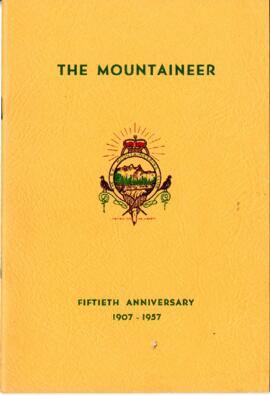This is a good, short little breakdown of the main attempts on the Mount Garibaldi peaks.
Alpine Club of Canada - Vancouver SectionElements area
Taxonomy
Code
Scope note(s)
- One of the largest and most accessed parks in southern British Columbia. Accessible year-round, Garibaldi parks contains everything from simple hill walks to advanced mountaineering.

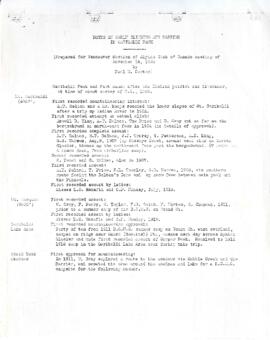
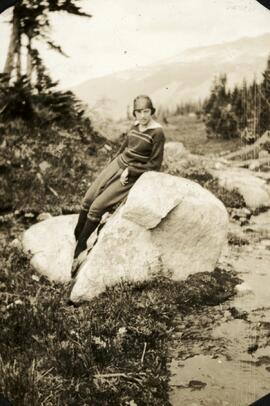
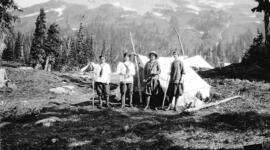
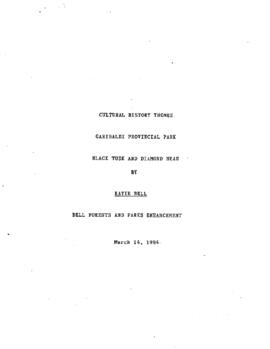
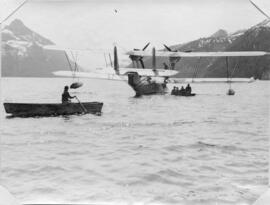



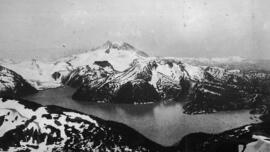
![[Letter from the BCMC to the BC Provincial Lands Department regarding the Creation of Garibaldi Park]](/uploads/r/passion-for-adventure/9/1/c/91cc682e1cb246ea501283bb14ac1c4c033fc9ad5161a6c1dcc7009aae3b0b01/F205-S12_12-7_-i2_142.jpg)
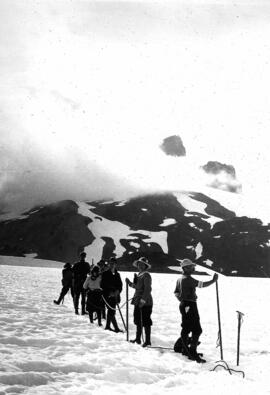
![[Photocopied ACC Letter to the Premier of BC advocating for the creation of Garibaldi Park]](/uploads/r/passion-for-adventure/0/d/3/0d3ee8f50754e4f4a2d3a86ef31c6a7ef4a9b633f81ac7dbe53f4439f5294c3b/F205-S12_12-7_-i3_142.jpg)
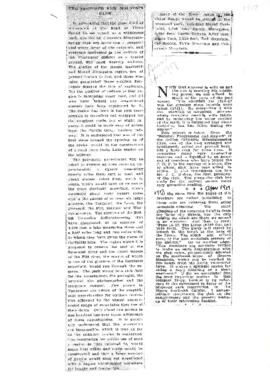
![[Skiing in Garibaldi Park]](/uploads/r/passion-for-adventure/7/8/f/78fbb69c12eedd44c1896ff3320c74da6c6ea2f89e4870c0431f41428e54bd1b/F229-_2-9_-i1_142.jpg)
